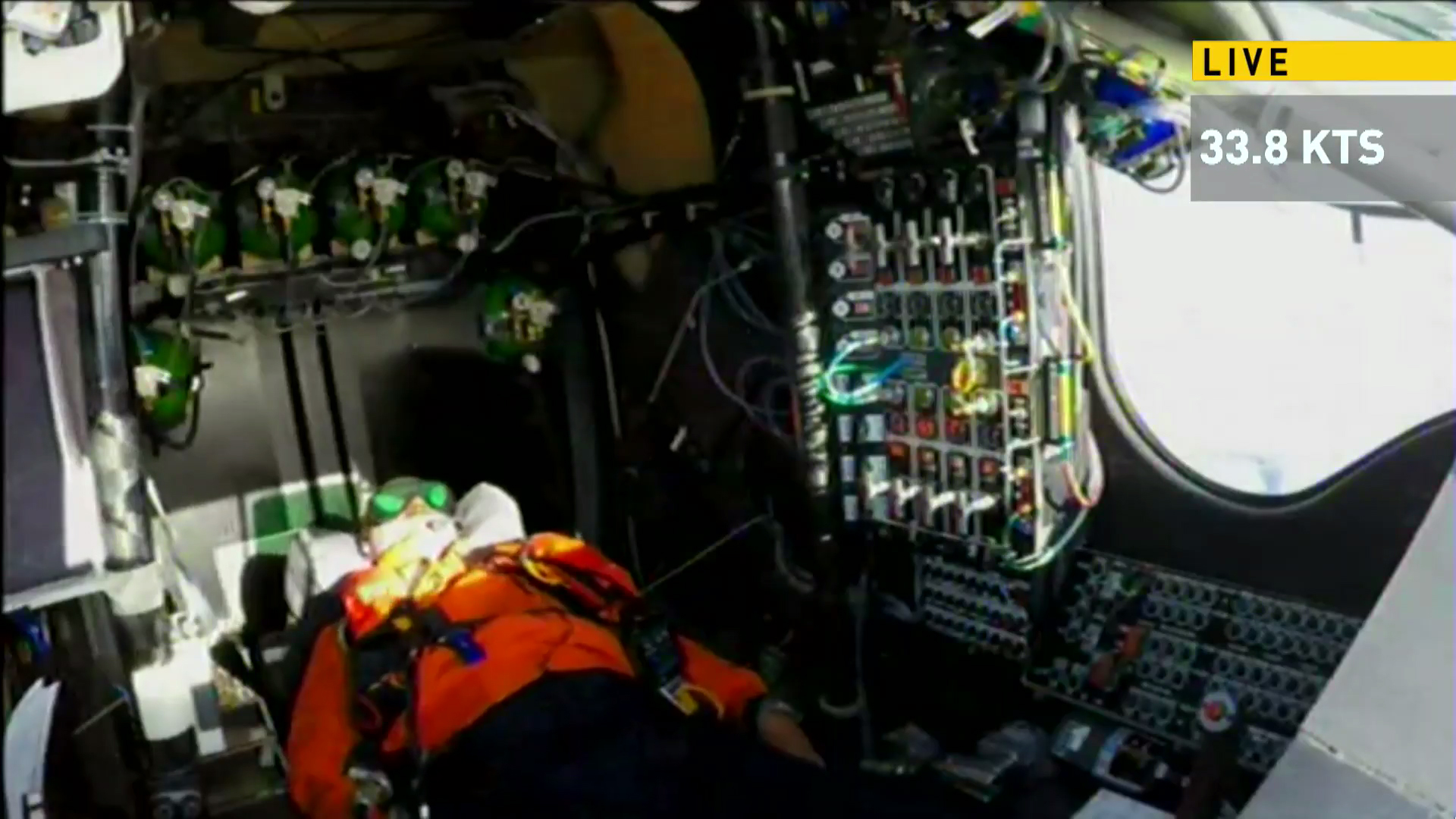Solar Impulse lands in Oklahoma
The technology that keeps Solar Impulse 2 aloft—17,000 solar cells powering motors and other on-board systems, including what is arguably one of the most “connected” cockpits in the world—gave the project’s co-founder some free time to stretch out in the cramped cockpit. Four and a half hours into the journey from Arizona to Oklahoma, the team’s second leg across the continental U.S., Piccard had some downtime and a chance to rest at 11,000 feet, the aircraft humming along on autopilot, its every parameter beamed around the world, and to mission control in Monaco, along with a live video feed.
By this point in the flight (which, like all Solar Impulse missions, could be followed live online), the unique aircraft that is circumnavigating on the power of the sun had generated nearly as much electricity as the average home in Hawaii uses in a day.
Piccard would ultimately climb as high as 22,000 feet before descending to land at Tulsa International Airport, where the aircraft will wait for a new mission plan and weather window to continue its journey toward New York, and ultimately complete a circumnavigation begun in 2015.
Piccard and co-founder André Borschberg are working to raise awareness and promote renewable energy for future transportation use, though no one pretends that a slow-moving aircraft that has required a $170 million budget for its epic and record-setting journey is itself a practical system for everyday use.





